Christian art is full of symbols that often go unnoticed. These little details can add layers of meaning to paintings, sculptures, and architecture. Let’s take a closer look at 19 hidden symbols you might have missed in Christian art.
The Pelican

According to Catholic Education, the pelican represents self-sacrifice in Christian art. An old belief says that pelicans pierce their own breast to feed their young with blood, which is associated with Christ’s sacrifice on the cross. This bird can be found in many church decorations and stained glass windows.
The Dolphin

Dolphins, on the other hand, symbolize resurrection and salvation. Ancient stories of dolphins helping shipwrecked sailors made them a perfect representation of Christ guiding believers to safety. These marine mammals are often spotted in early Christian art or on old church floors.
The Pomegranate
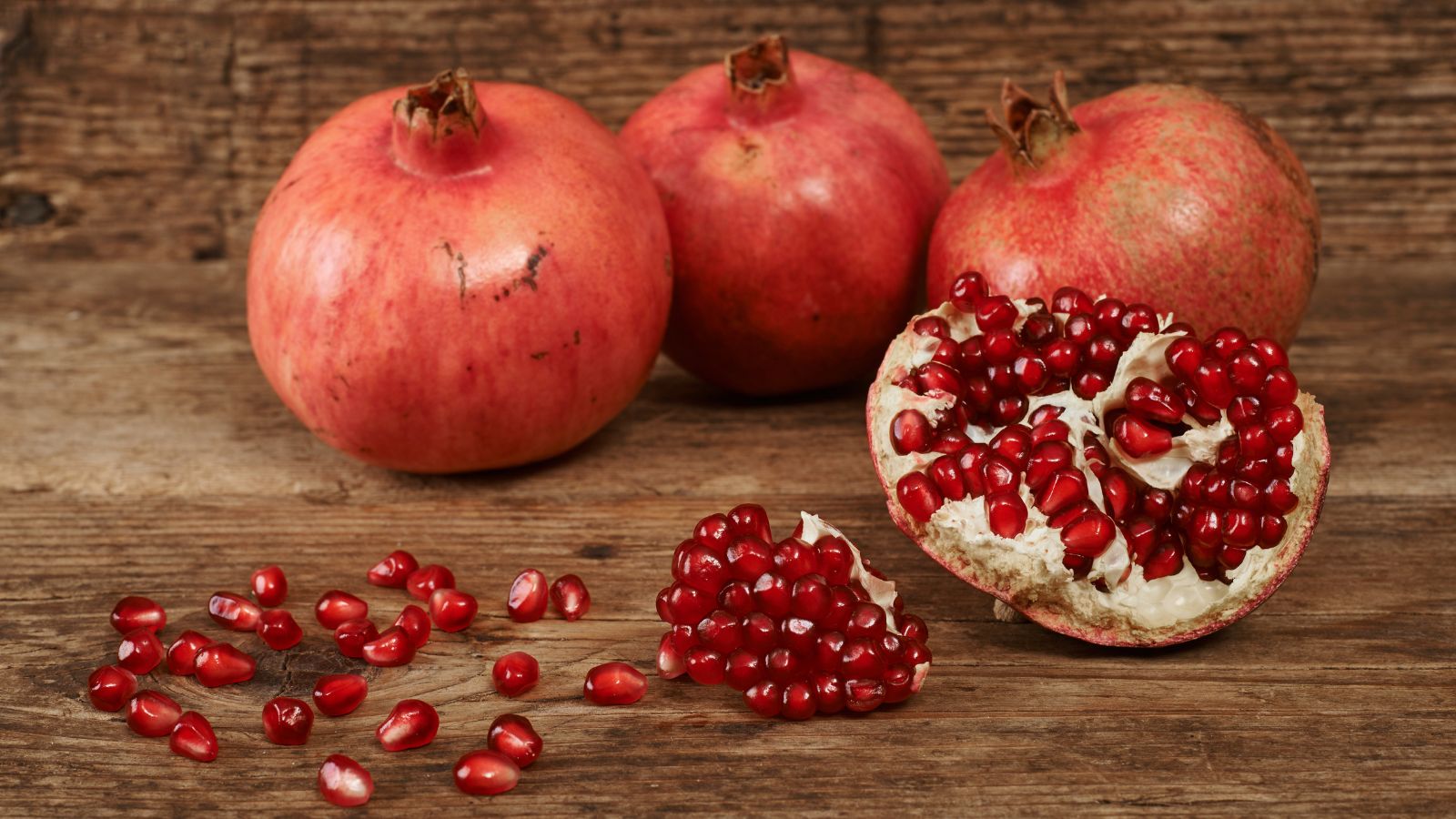
With its many seeds, the pomegranate represents fertility and abundance in religious paintings. It’s also seen as a church symbol, with believers united under one skin. Pomegranates appear in many paintings of the Virgin Mary or Jesus, and their rich color and complex structure make them hard to miss.
The Unicorn
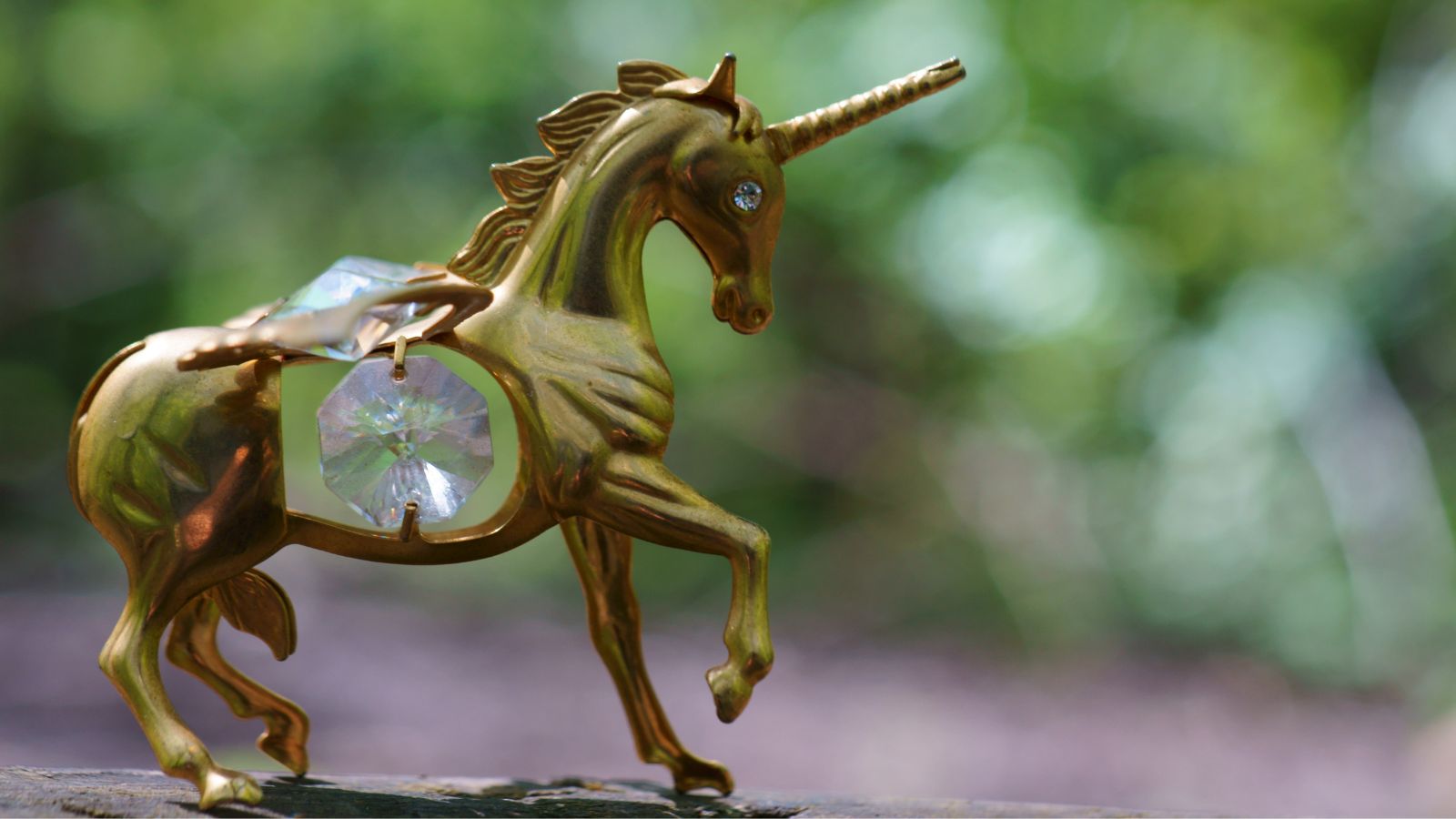
You may not expect this, but Unicorns are often found in Christian art, symbolizing purity and grace. We can see them in many scenes, including the ones of the Annunciation, representing the incarnation of Christ. Look for these fantasy horses in old tapestries and manuscripts, and it’s likely you’ll find them.
The Peacock
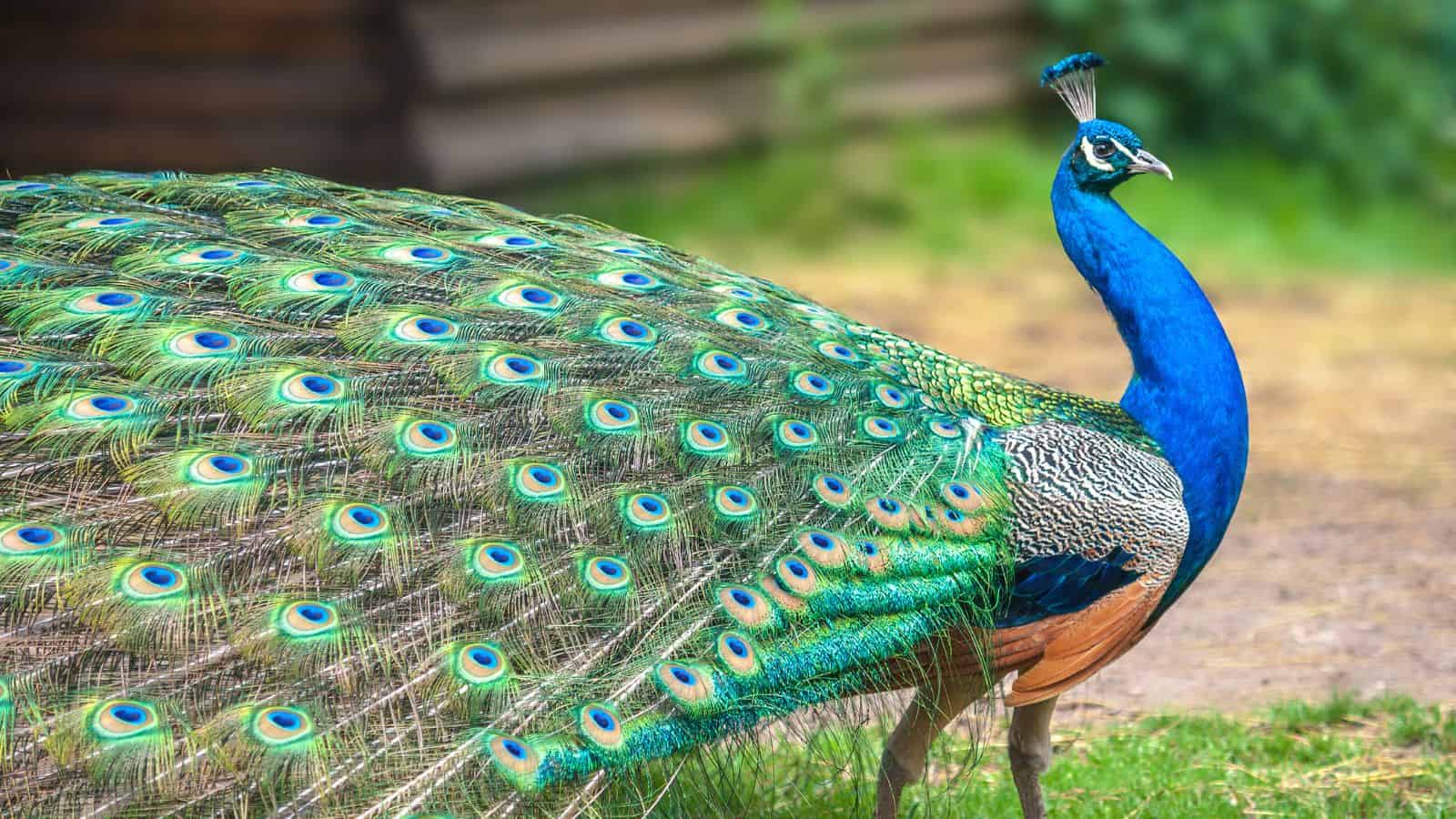
There is an old belief that peacock flesh doesn’t decay, which is why peacocks symbolize immortality and resurrection in Christian art. You might spot these colorful birds in old catacomb paintings or decorating churches. Their beautiful feathers always make them stand out.
The Fish
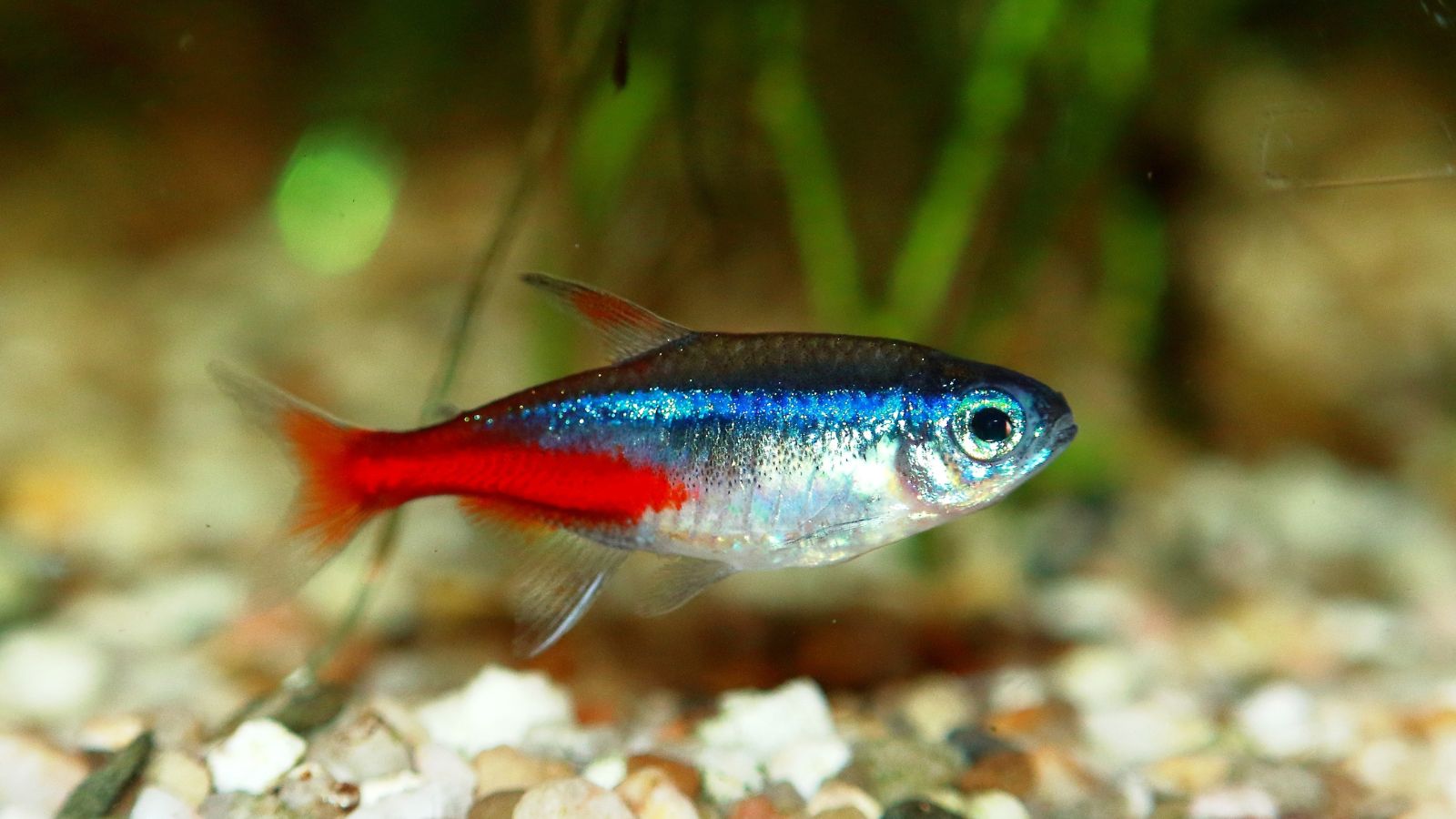
The fish symbol, one of the oldest Christian symbols, comes from the Greek word “ichthys,” an acronym for “Jesus Christ, Son of God, Savior.” It appears in early Christian art and modern church logos. This simple yet powerful symbol served as a secret sign for early Christians and continues to represent faith today.
The Anchor

Anchors in Christian art symbolize hope and staying strong in faith. In early Christian art, they often appeared as hidden crosses, but you can also spot these maritime tools in catacombs or ancient Christian tombstones. Their dual nature makes them useful in religious artwork.
The Phoenix
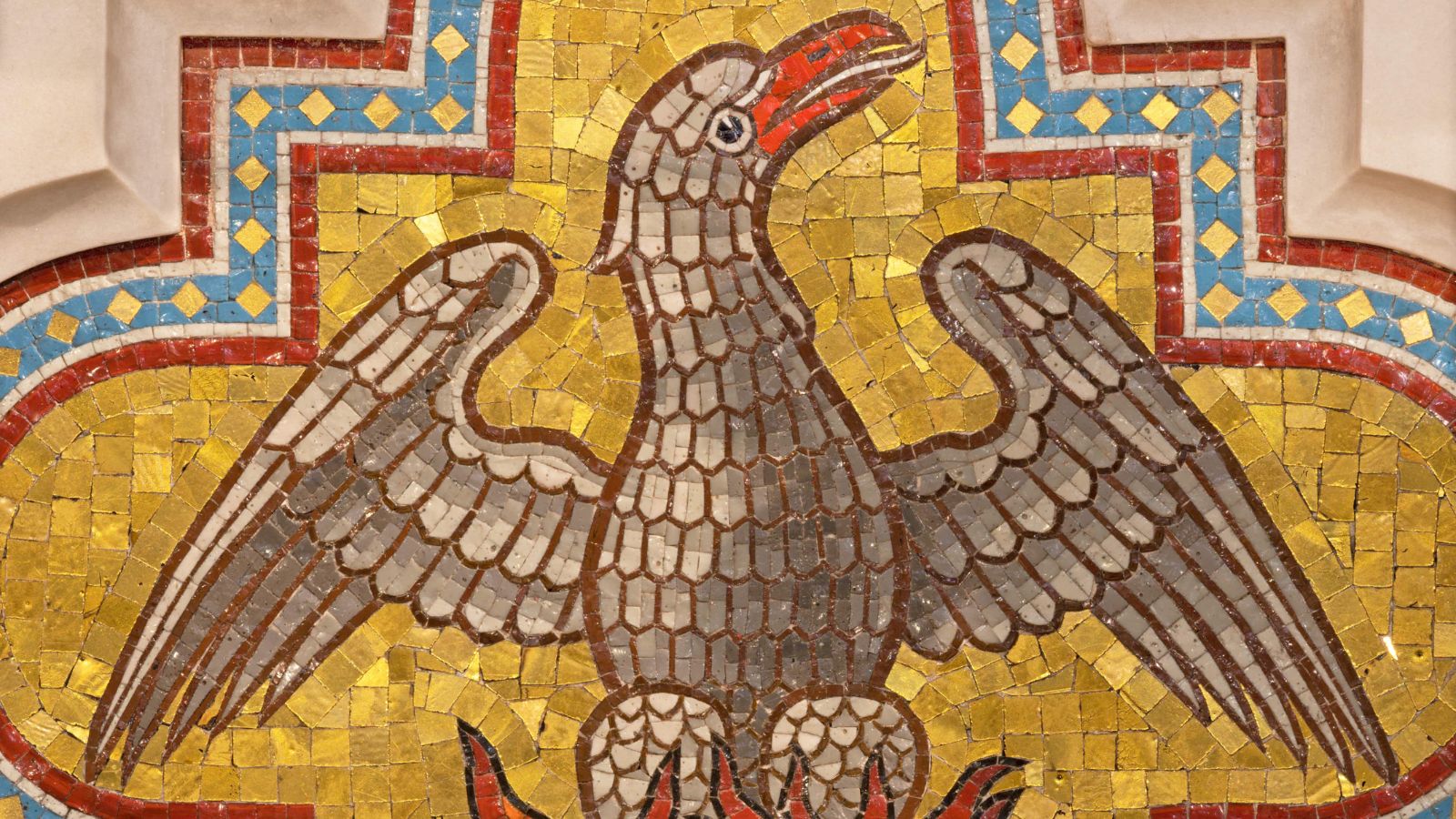
The phoenix, that mythical bird that rises from its own ashes, is perfect for showing resurrection in Christian art, representing Christ’s triumph over death. Its dramatic life cycle and vibrant appearance make it a powerful visual metaphor for spiritual rebirth and eternal life.
The Lily
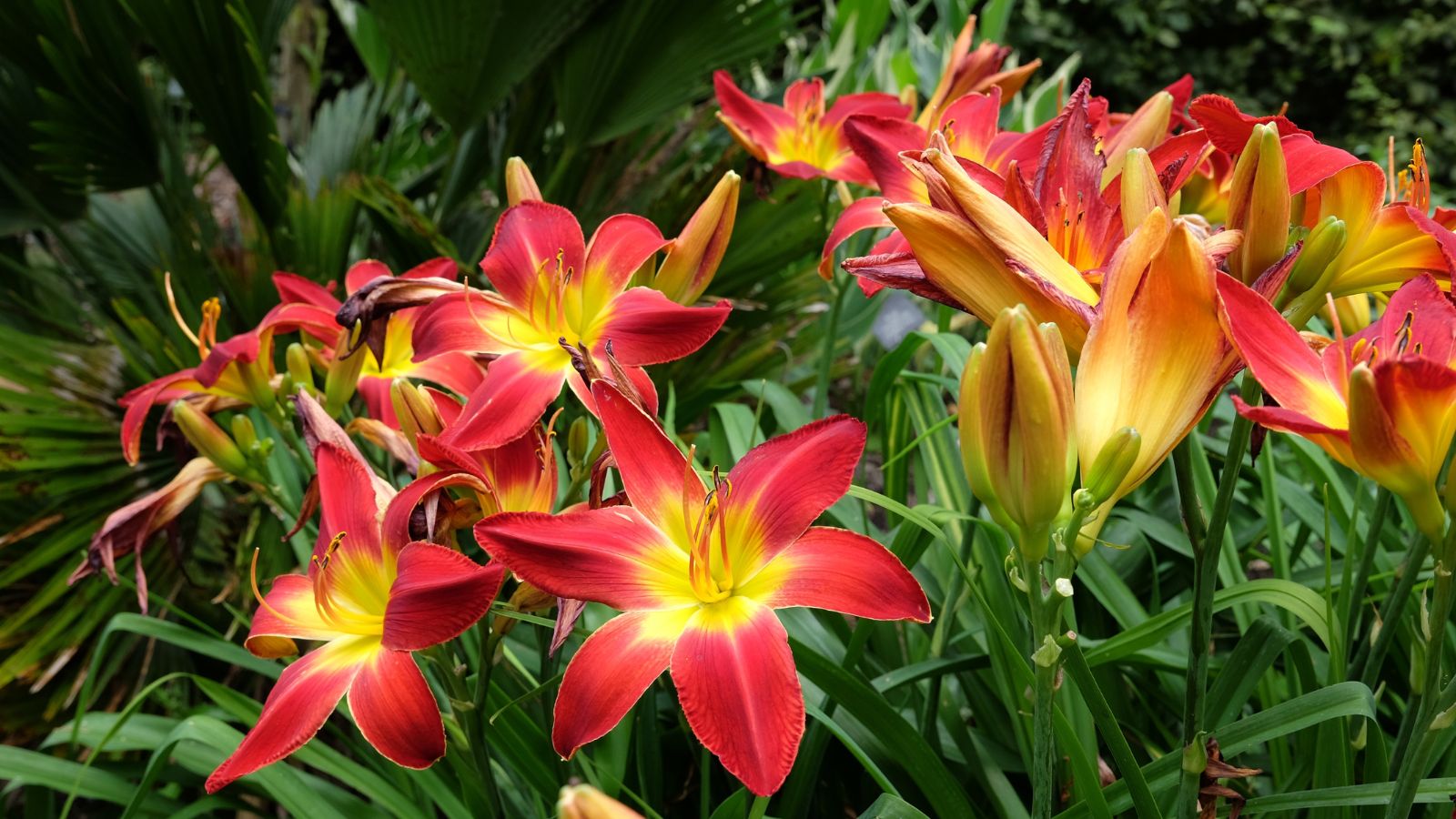
Lillies are often seen in Annunciation paintings, symbolizing purity and virginity, closely associated with the Virgin Mary. This elegant flower appears a lot in religious art, its white petals representing innocence and divine grace. Its presence adds natural beauty to religious scenes.
The Lamb
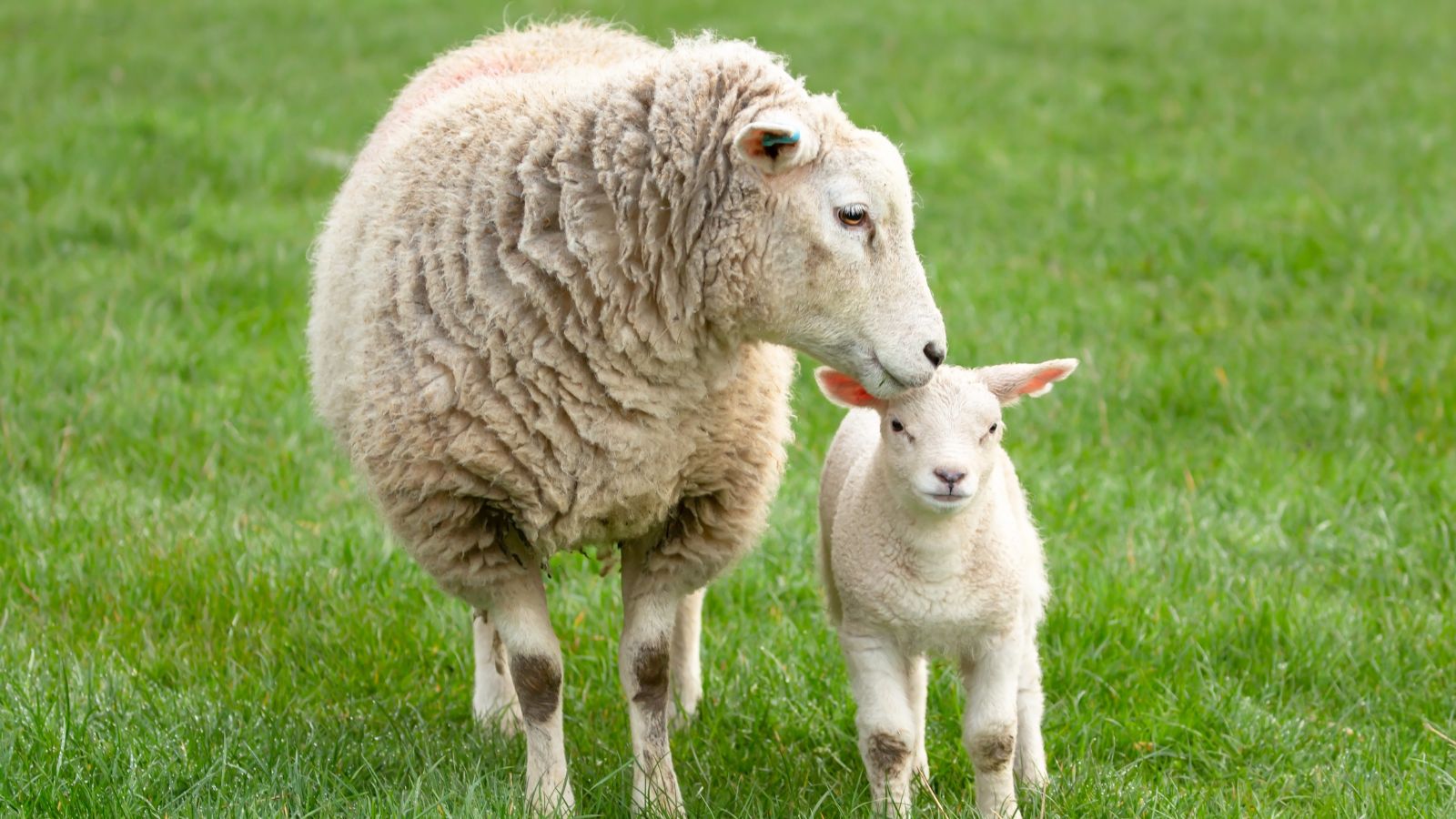
A well-known symbol of Christ in Christian art is the image of the lamb. A lamb with a flag symbolizes the resurrected Christ, while one with a cross represents the crucifixion. These subtle differences can be found in various church artworks. The lamb’s innocence and sacrificial nature make it a strong symbol of divine love.
The Butterfly
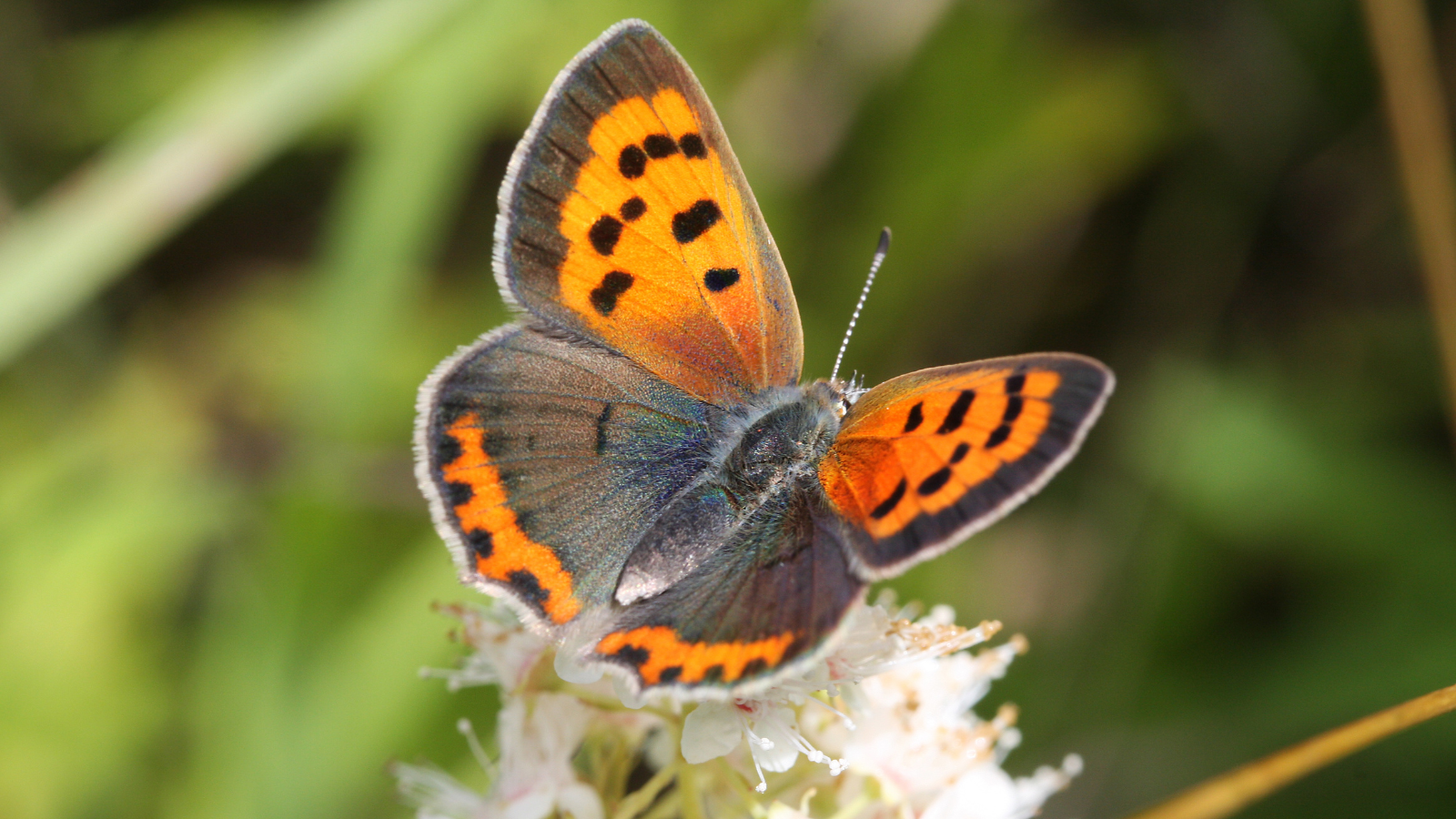
Not many people know this, but the imagery of the lifecycle of butterflies mirrors the Christian concept of rebirth. These delicate creatures can be found in paintings of the resurrection or in church gardens. Their beauty and metamorphosis serve as a natural illustration of spiritual change and renewal.
The Owl
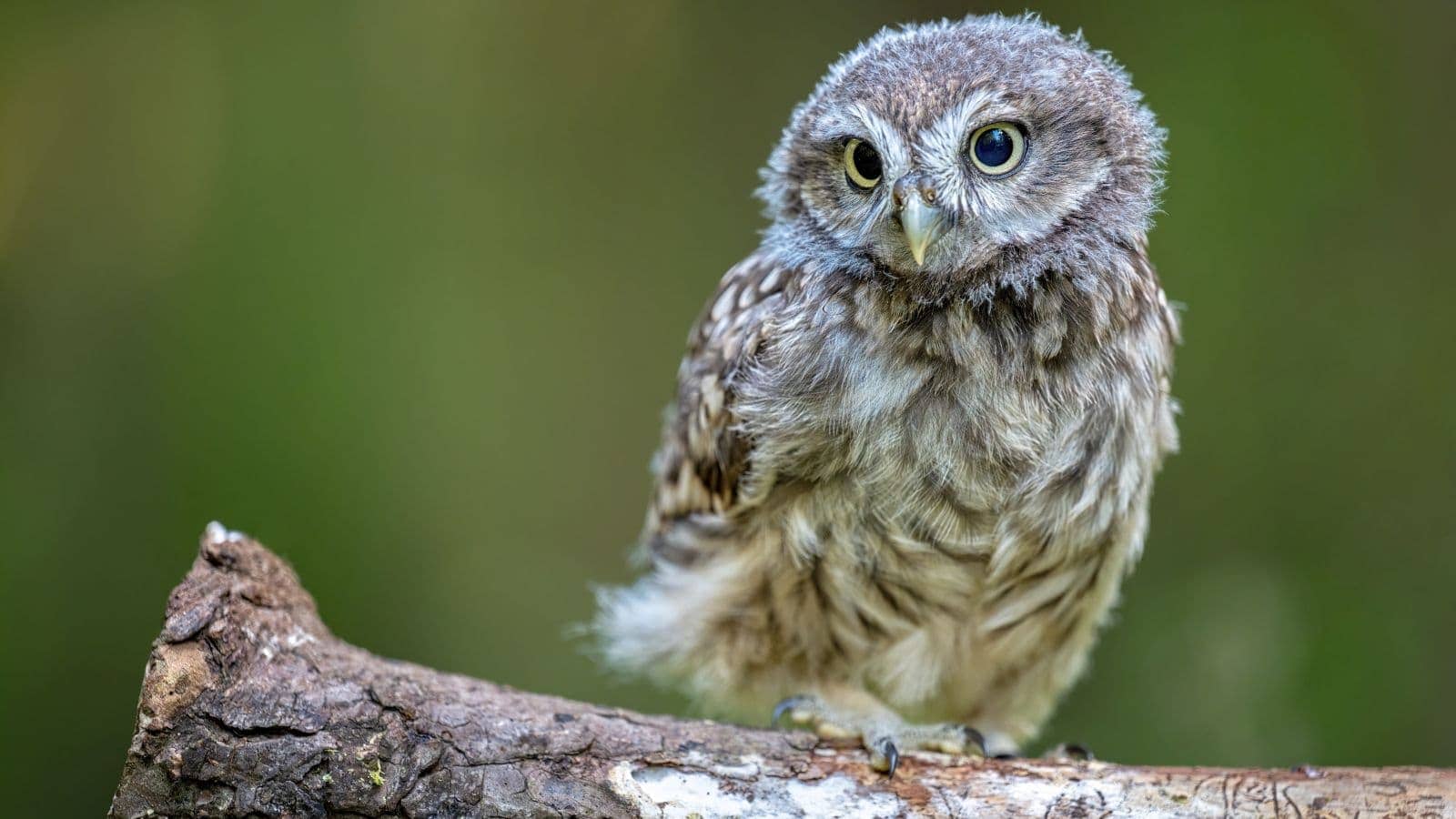
Sometimes seen as symbols of wisdom, these nocturnal birds appear in medieval church carvings and illuminated manuscripts. Their large eyes and ability to see in the dark make them intriguing symbols of spiritual insight and divine knowledge.
The Scallop Shell

The scallop shell is special in Christian art, often linked to pilgrimage and baptism. It’s a symbol of spiritual journeys and fresh starts. You’ll find these shells in paintings of saints or decorating baptismal fonts. Their unique shape and connection to water make them powerful symbols.
The Bee
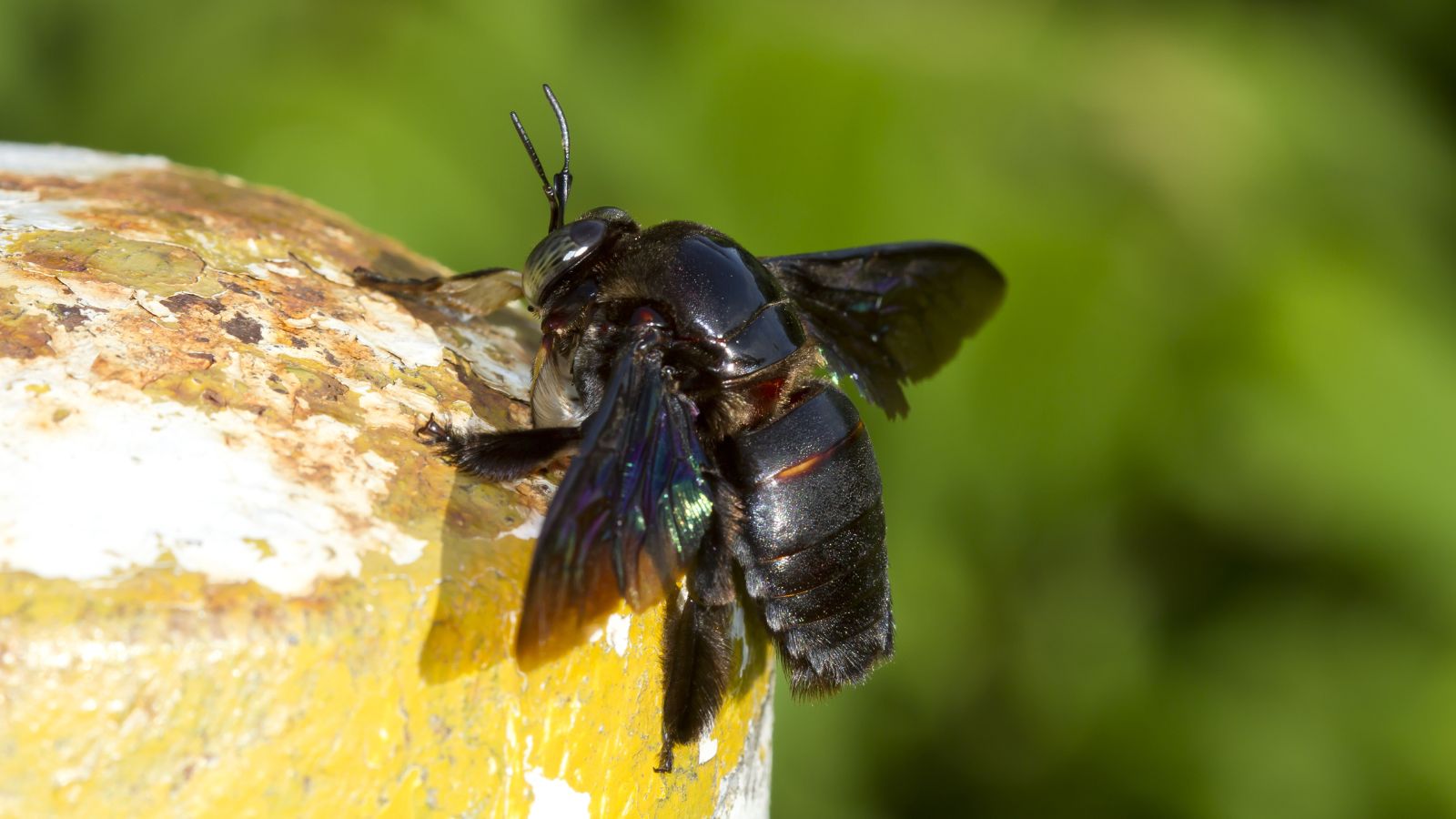
Bees and beehives show up in Christian art as symbols for the church community. They represent hard work, harmony, and eternal life. You might spot these busy insects in church buildings or in paintings of paradise. Their teamwork and productivity make them great symbols for a healthy spiritual community.
The Stag

In Christian art, stags have a special meaning. There’s an old belief that stags eat snakes, which made them perfect symbols for Christ defeating evil. You can find these majestic animals in baptistery decorations and old tapestries. Their graceful strength makes them powerful symbols of spiritual journeys and victory.
The Vine

The vine’s ability to grow fruit, plus its appearance in Bible stories, makes it a powerful symbol. It represents spiritual nourishment and a connection to the divine. It’s remarkable how artists use this common plant to convey such deep religious meanings.
The Lighthouse

Lighthouses in Christian art symbolize guidance and salvation and Christ as the light of the world. You’ll find these structures in more modern church art and stained glass windows. Their job of guiding ships safely through darkness makes them powerful symbols of spiritual direction and hope.
The Olive Branch
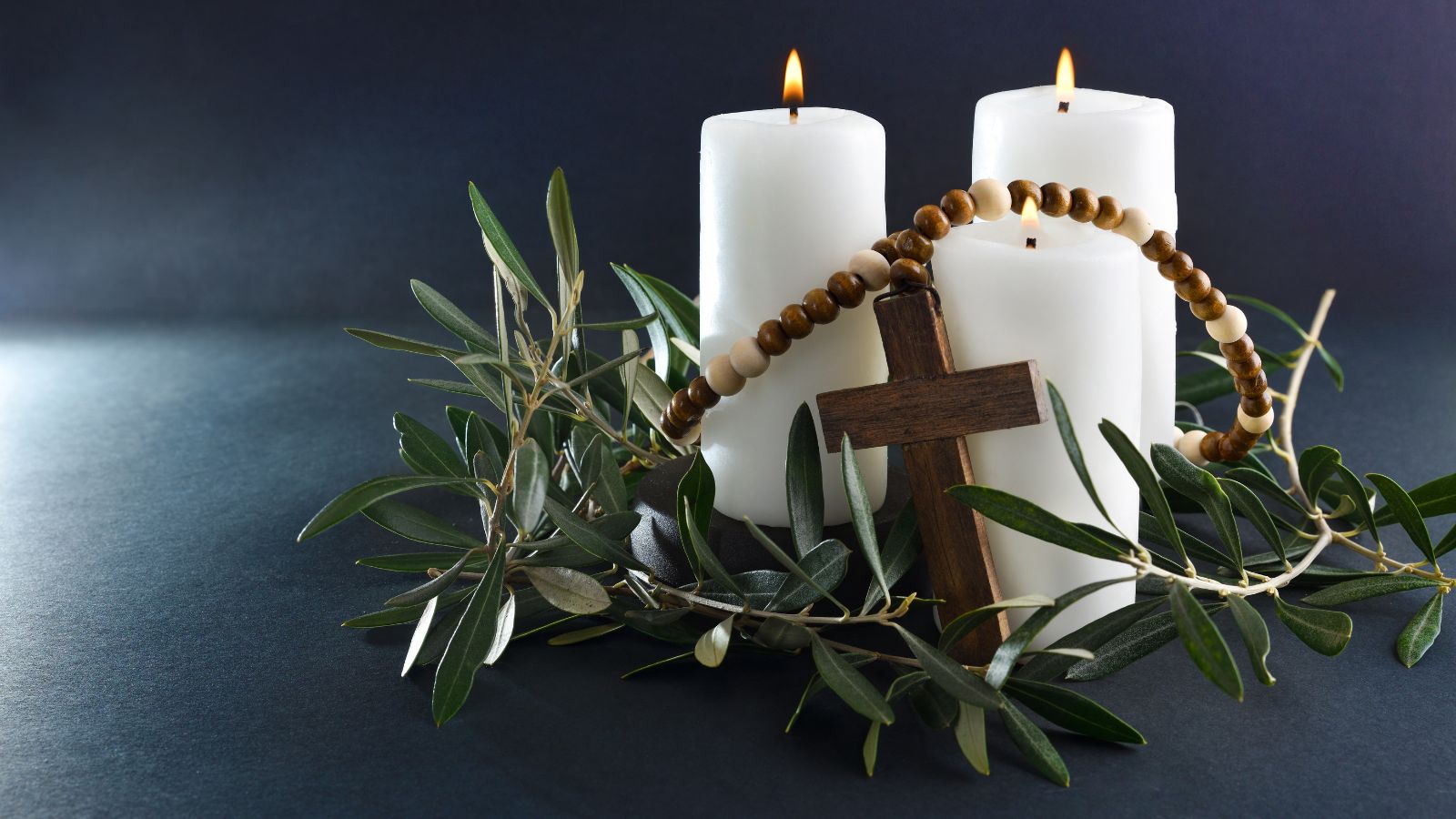
A symbol that represents reconciliation with God and the anointing of the Holy Spirit, the olive branch appears in scenes of Noah’s Ark or held by angels. This simple twig carries deep meaning, symbolizing peace, forgiveness, and divine blessing. Its presence often indicates moments of spiritual significance or heavenly intervention.
The Comb

The comb in Christian art represents the torture endured by Jesus, specifically the crown of thorns. It can be found in detailed paintings of the crucifixion or among other symbols of Christ’s suffering. This everyday object takes on profound meaning in religious contexts, reminding viewers of the physical and spiritual trials of faith.
Up Next: 17 Phrases Older People Use That No One Else Gets

Each and every generation has its own phrases and sayings that separate it from the rest, and the boomers certainly have plenty. Discover 17 popular boomer phrases that aren’t often used today and what they mean. Maybe you’ll want to bring some of them back!
17 Phrases Older People Use That No One Else Gets
People Who Don’t Show Empathy Usually Have These 18 Traits

The world would be a better place if everyone had a little more empathy. But sadly, in reality, some people show much less empathy than we’d like. Here are 18 traits of people who don’t show empathy.
People Who Don’t Show Empathy Usually Have These 18 Traits
The 17 Unhappiest States in America

The US has hit an all-time low position in the World Happiness Index, tumbling to 23rd in 2024. However, it’s important to remember that location is an important factor; many US states are very happy, unlike the following 17 US states that appear to be the most unhappy.
